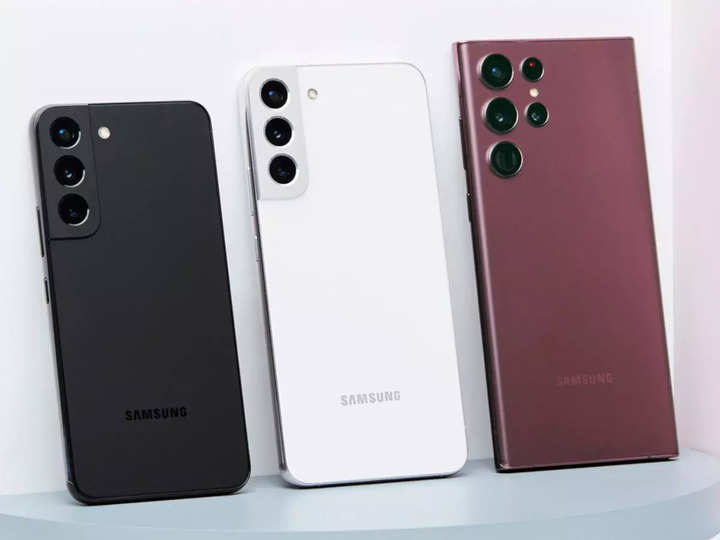
Close
Samsung released the Galaxy S22 flagship series earlier this year which featured different chipsets in different markets. In most markets, the South Korea-based tech giant pushed the Galaxy S22 smartphones with the in-house Exynos 2200 chipset and only a select few markets got these premium devices with the Qualcomm Snapdragon 8 Gen 1 mobile platforms. Earlier, rumors suggested that Samsung’s MX (Mobile eXperience) division was unhappy with the performance of the Exynos chipsets in the Galaxy S22 smartphones and reportedly hoped that the company would only use Qualcomm SoCs for the upcoming Galaxy S23 series.
Now, a new report by Gizmochina has revealed that Samsung is likely having internal conflicts regarding the chipset(s) that will be used in the upcoming Galaxy S23 flagship lineup. Samsung’s leadership reportedly wants to continue using the Exynos chipsets in next year’s flagship smartphones. This means that Samsung might use its Exynos 2300 chipset for some of the Galaxy S23 devices which claim to be on par with Qualcomm’s upcoming Snapdragon 8 Gen 2 processor that will also power the premium smartphone series.
Read Also

Samsung Galaxy S23 expected availability and specifications
Samsung is expected to launch the Galaxy S23 series at the beginning of 2023 and like this year the company may include three smartphones in the series — the Samsung Galaxy S23, Galaxy S23+ and Galaxy S23 Ultra.
Another recent report claimed that the display size of the upcoming flagship lineup might not be increased. However, the display on Galaxy S23 series smartphones is likely to offer better features like — a higher peak brightness level, lower power consumption and more.
As mentioned above, all the models in the series are likely to come powered by both upcoming Snapdragon and Exynos chipsets which are also expected to focus on battery efficiency.
Read Also

The higher-end Galaxy S23 Ultra may also feature some major camera upgrades. This device will reportedly feature a 200MP primary camera setup that will be in a size of 1/1.3-inches, will support 0.6μm sized pixels and will offer a larger aperture of f/1.7 to allow more light intake.
FacebookTwitterLinkedin
.